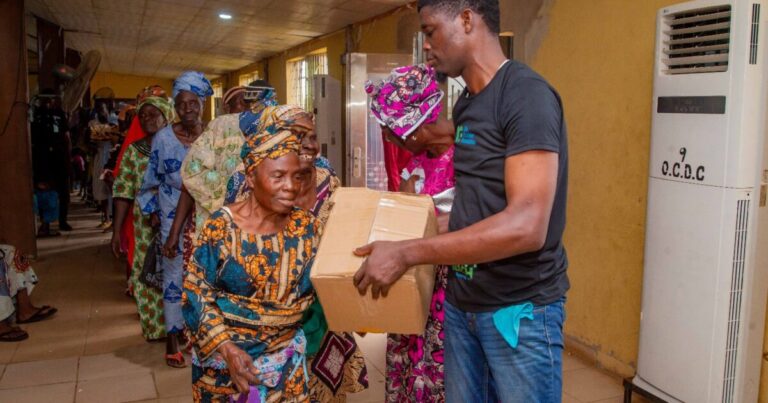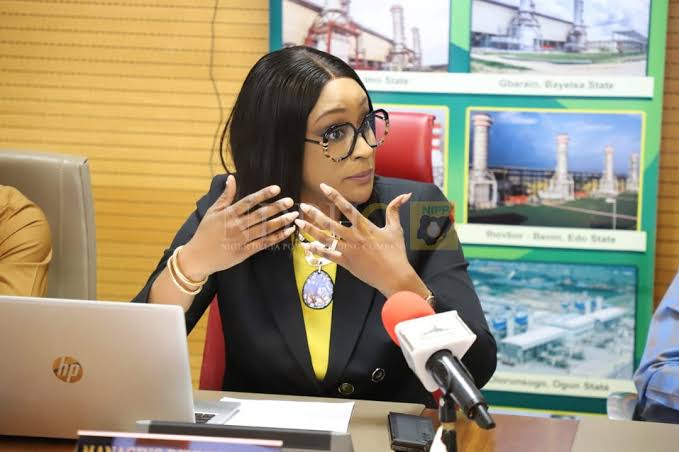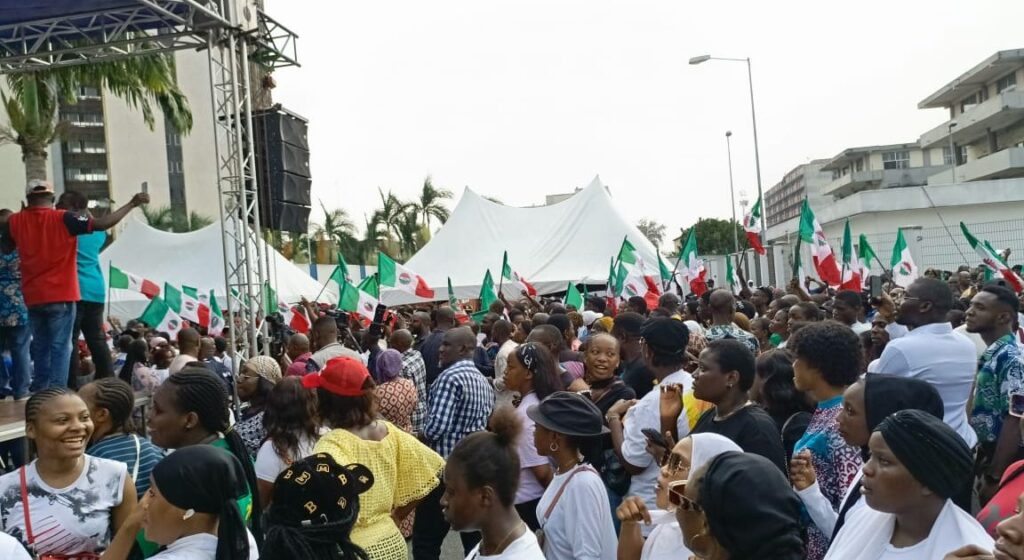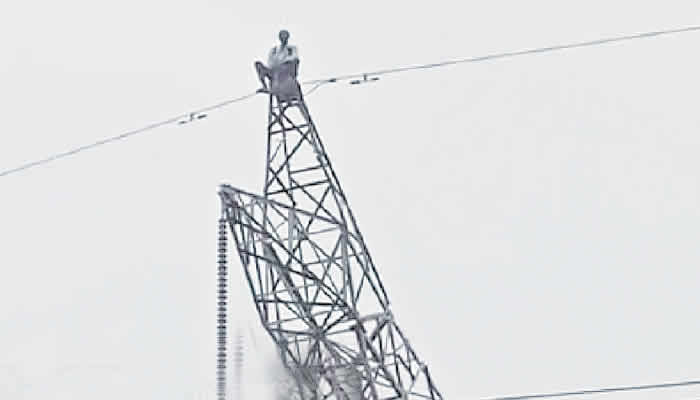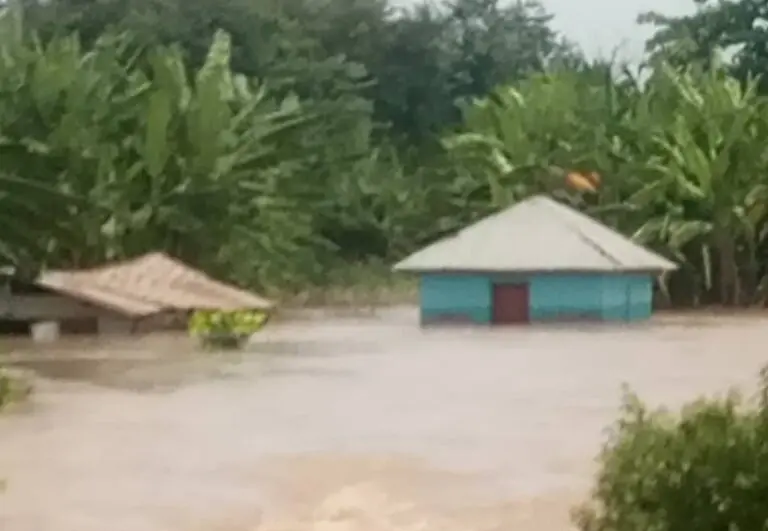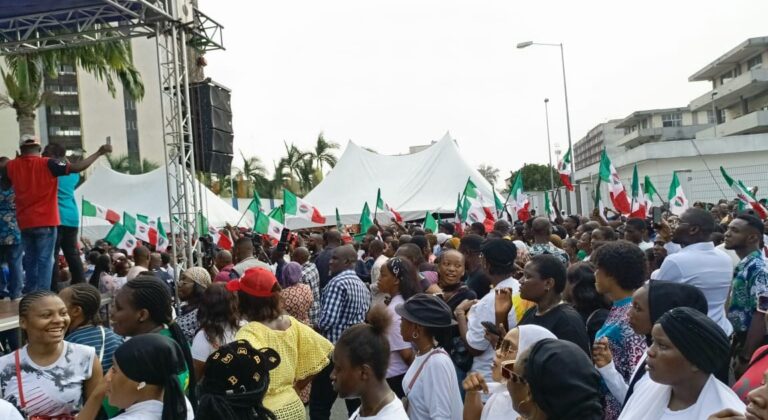The Managing Director of the Niger Delta Power Holding Company (NDPHC) Limited, Jennifer Adighije, has disclosed that the company has invested over N500 billion in transmission infrastructure since the inception of the National Integrated Power Project (NIPP).
Adighije made this known in a statement issued on Sunday by the Technical Adviser (Media) to NDPHC, Mr. Adesanya Adejokun.
She stated that the projects span across transformers, transmission substations, switchgears, switchyards, transmission lines, and line bay extensions—many of which are currently operated by the Transmission Company of Nigeria (TCN).
However, the NDPHC management lamented the poor uptake of electricity from the power market, which it says is significantly affecting its operations.
Adighije also cited gas supply challenges, transmission constraints, and a staggering N600 billion debt owed to the company by the Nigerian Bulk Electricity Trading (NBET) and other bilateral entities as major impediments to the company’s performance.
She revealed that the new management has successfully revived five turbine units across the Calabar, Omotosho, Sapele, and Ihovbor power plants, previously offline, now contributing an additional 625MW to the national grid.
“NDPHC currently has a mechanically available generation capacity of about 2,000MW that is significantly stranded due to transmission constraints, gas supply issues, and limited offtake by Distribution Companies (DisCos),” Adighije explained.
She added that NIPP plants are often used by the system operator for primary frequency response to stabilize the grid—an ancillary service that should be compensated according to the grid code and industry regulations.
However, she noted that NIPP plants are frequently instructed to start up or shut down without compensation, leading to low utilization and operational stress on turbine units.
“In accordance with the grid code, we face several restrictions—from inadequate transmission availability, which is being addressed by the Minister of Power, Chief Bayo Adelabu, to low demand from the downstream electricity market. Power generation is demand-driven; if the demand isn’t there, plants cannot generate. Even when demand exists, transmission corridor limitations sometimes prevent dispatch,” she said.
Despite these constraints, Adighije said NDPHC remains committed to expanding the transmission grid and strengthening distribution infrastructure to reach underserved communities.
On the Alaoji Power Plant, she noted that a dispute over gas metering with the gas supplier led to the plant’s shutdown. However, she assured that the plant will resume operations before the end of the year following steps to restore its Gas Metering Station (GMS), which will provide a lasting solution to gas losses.
Adighije also revealed that NDPHC’s efforts to secure a Power Purchase Agreement (PPA) with NBET have been unsuccessful, which has negatively affected its merit order in the dispatch schedule and worsened the company’s stranded capacity.
“Currently, NDPHC is placed in the least priority bucket for dispatch despite having a daily dispatch capacity of about 2,000MW. NDPHC operates the largest fleet of generating turbine units in the sector, but much of that capacity remains stranded due to existing bottlenecks,” she said.
To address the challenge, Adighije said the company is now leveraging the Nigerian Electricity Regulatory Commission’s (NERC) July 25 directive on bilateral trading to sell stranded power directly to off-takers.
According to her, NDPHC is prioritizing direct supply to bilateral and eligible customers to commercialize excess generation capacity.
“Our strategy is to unlock that stranded energy by dedicating significant portions of it to eligible customers and bilateral trading arrangements, in line with NERC’s order. This should help mitigate the issue of stranded capacity,” she added.




